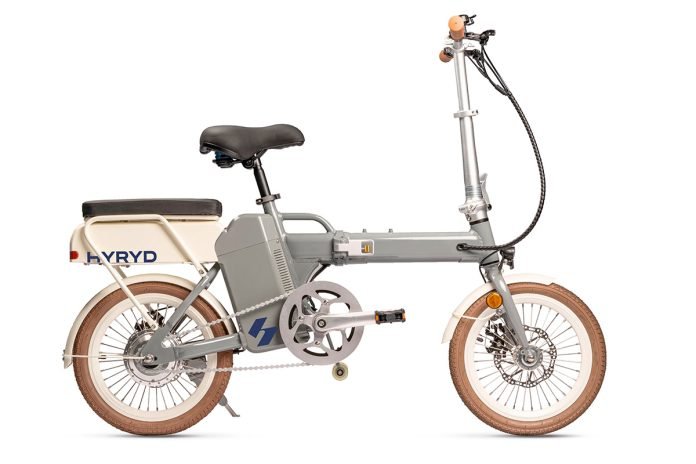The ebike market is rapidly expanding, with projections indicating its value will reach nearly $120 billion by 2030. Ebikes, offering both commuting and recreational benefits, reduce the physical effort required for cycling and make biking accessible to older riders. Traditionally, most ebikes have relied on Li-ion batteries, which require significant charging time. However, Swiss tech company HydroRide Europe AG is introducing a new alternative: hydrogen fuel-cell ebikes, which promise significantly faster recharging.
The rise of hydrogen fuel-cell ebikes
HydroRide Europe AG aims to attract ebike users to hydrogen fuel-cell technology by offering super-fast refueling capabilities. Unlike conventional battery-powered ebikes that can take hours to recharge, HydroRide’s ebikes can be “recharged” in seconds by swapping out hydrogen canisters. This innovation could revolutionize urban mobility, especially for those who need quick turnaround times.
How it works
HydroRide’s ebikes are powered by a 180-W fuel cell, which derives its energy from hydrogen stored in a compact, 25-cm-tall container pressurized at 1 MPa. Each hydrogen container provides up to 60 km (37 miles) of range. The swapping process is straightforward: users simply remove the depleted container and replace it with a fresh one, a task that takes only 3-10 seconds.
Hydrogen production and refueling stations
HydroRide has also developed a compact hydrogen generator that can produce 20 grams of hydrogen from 200 milliliters of purified water in approximately five to six hours. This generator can be powered by solar panels, offering an eco-friendly solution for hydrogen production. Although specific efficiency and operational figures have not been disclosed, the ability to generate green hydrogen adds a significant environmental benefit.
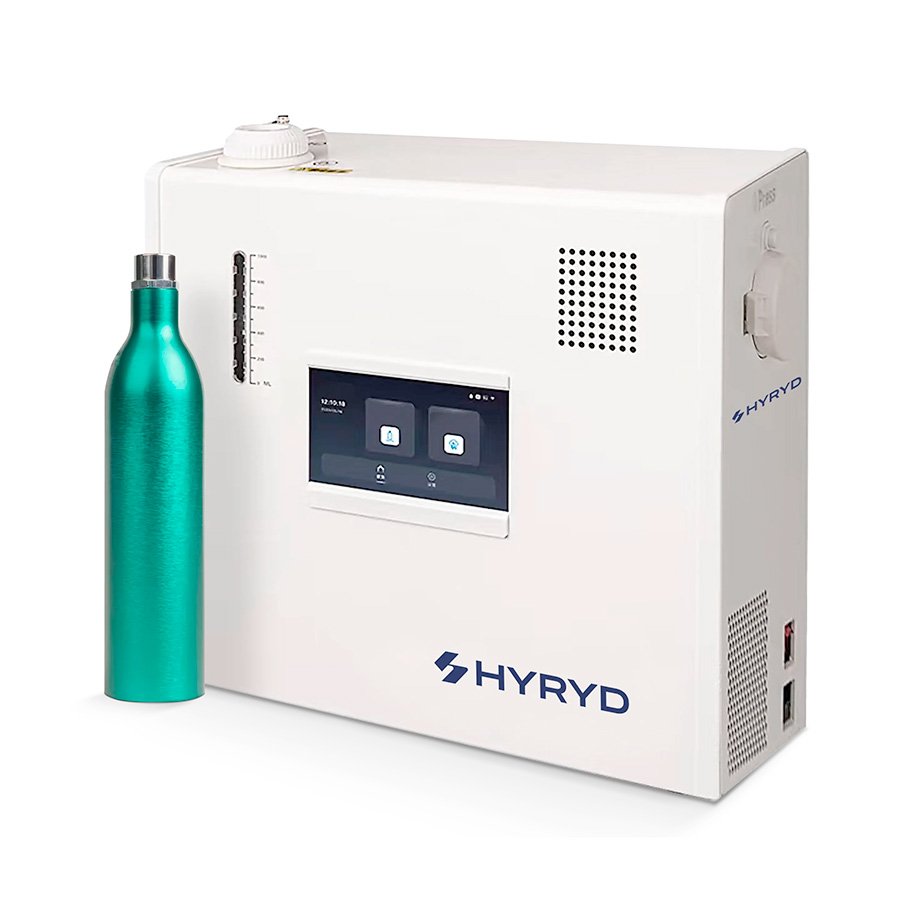
Additionally, HydroRide is working on container-swap stations for fleet operators, similar to Gogoro’s battery swap stations. Riders can pull up to these stations, swap out their empty containers for fully charged ones, and continue their journey with minimal delay. These stations are designed to be powered by solar energy, ensuring a sustainable refueling process.
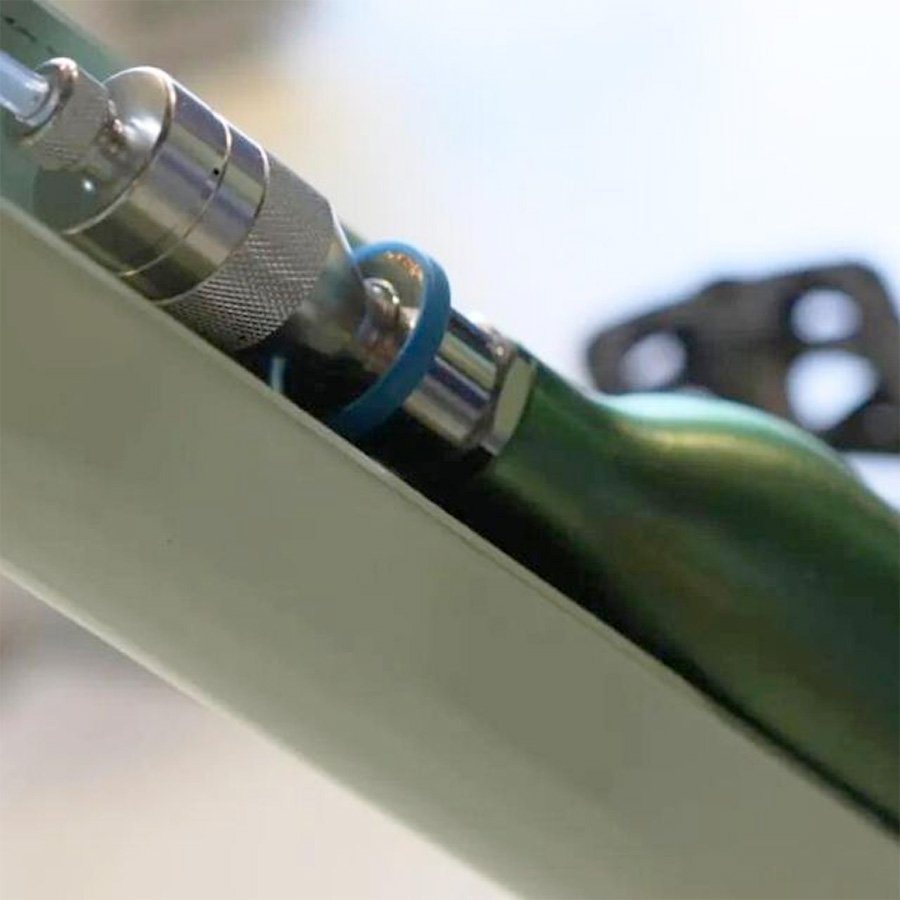
HydroRide’s ebike models
HydroRide’s current product line includes:
- Low-step commuter ebike: Designed for everyday commuting with easy mounting and dismounting.
- Sport model: Built for more vigorous riding with a sportier design.
- Compact three-step folding city bike: Weighing 19.5 kg (43 lb), this model offers portability and convenience for urban riders.
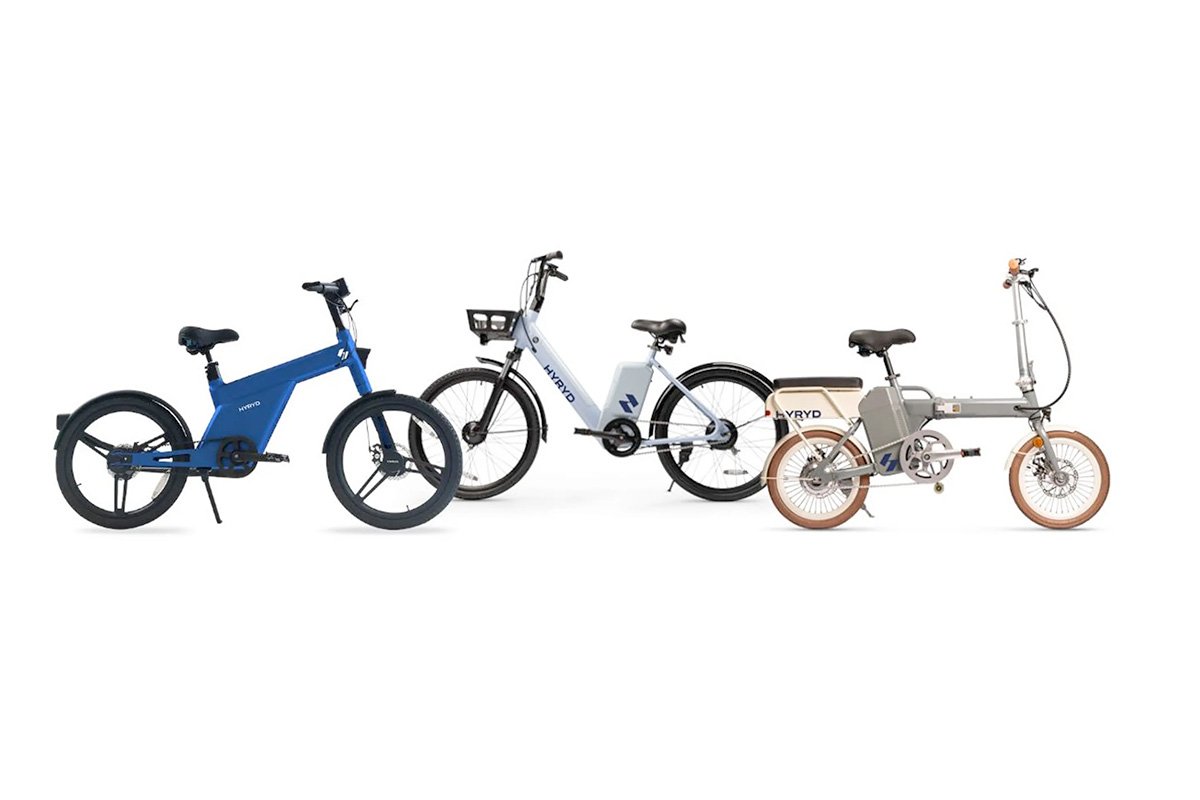
All models feature a rear hub motor that assists pedaling up to 23 km/h (14 mph) and are equipped with disc brakes for reliable stopping power.
Market focus and future prospects
HydroRide’s products are primarily targeted at rental businesses rather than individual consumers. European riders are likely to find these ebikes in HYRYD-based rideshare schemes or through companies offering them as part of “leave the car at home” incentives for employees. The company is also exploring the development of a fuel-cell-powered e-scooter, broadening its potential market.
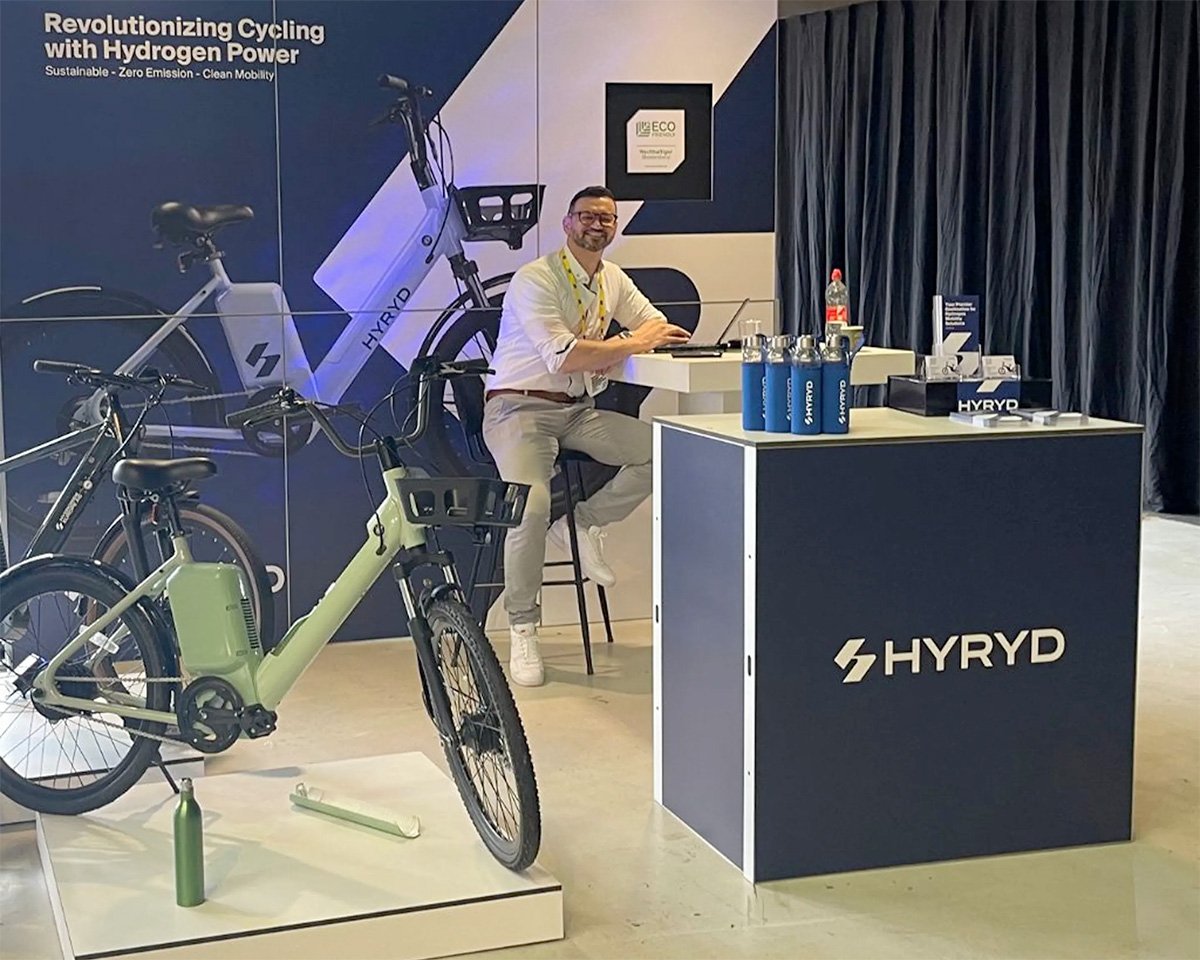
Recent and upcoming showcases
HydroRide recently showcased its product line at the MicroMobility expo in Amsterdam and is preparing for a display at Eurobike in Frankfurt from July 3.
Conclusion
Hydrogen fuel-cell technology offers a compelling alternative to traditional battery-powered ebikes, with the promise of rapid refueling and sustainable energy use. HydroRide Europe AG is at the forefront of this innovation, developing both the vehicles and the infrastructure needed to support their use. While pricing information is not yet available, as these products are aimed at rental businesses, the future looks promising for hydrogen-powered mobility solutions.

Source: HydroRide Europe AG

